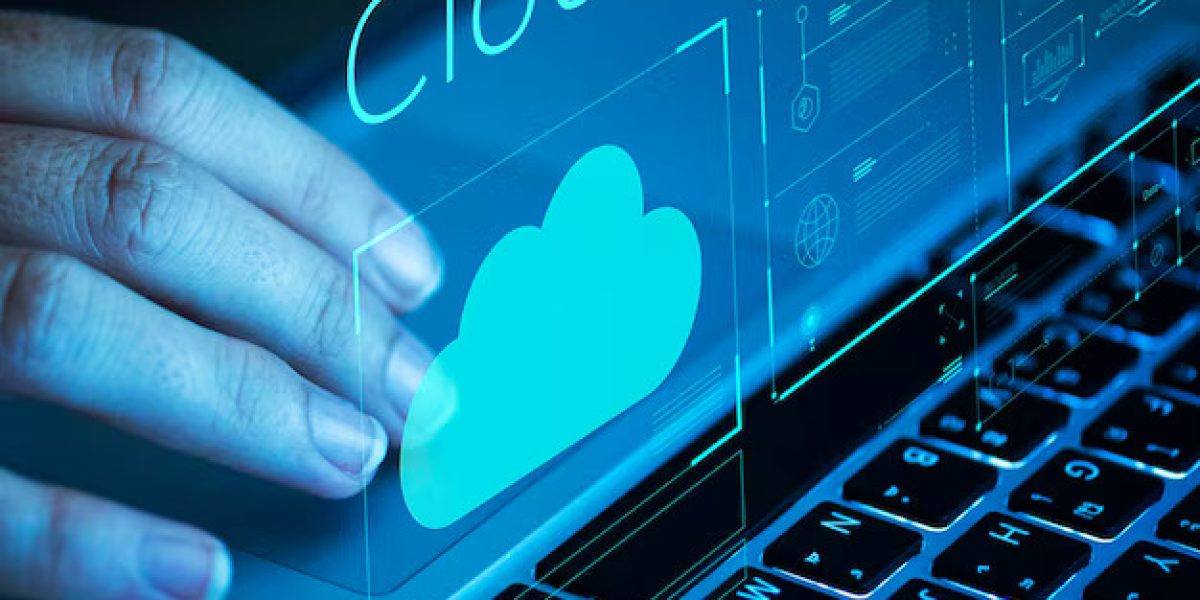Introduction
In an age where digital operations form the backbone of nearly every industry, the ability to recover quickly from disruptions is no longer optional—it’s essential. From ransomware attacks to natural disasters and system failures, unforeseen events can bring business operations to a standstill. For organizations seeking resilient IT infrastructure, disaster recovery (DR) and business continuity planning (BCP) must take center stage. This is where Azure Remote Desktop Services (RDS) emerge as a powerful solution.
Microsoft Azure RDS provides secure, scalable, and cloud-native virtual desktop environments that are ideal for enabling business continuity and ensuring rapid recovery during crises. Whether it’s enabling a remote workforce, maintaining access to mission-critical applications, or ensuring data integrity, Azure RDS is helping enterprises modernize their disaster recovery strategies.
This article explores how azure cloud solution provider enhance disaster recovery and business continuity planning, while also outlining best practices for implementation.
Why Disaster Recovery and Business Continuity Matter More Than Ever
The modern business environment is more interconnected—and vulnerable—than ever. Key reasons for investing in DR and BCP include:
- Cybersecurity threats: Ransomware, phishing attacks, and data breaches can paralyze operations.
- Natural disasters: Earthquakes, floods, or fires can physically impact data centers.
- Hardware failures: On-premise systems can fail unexpectedly, resulting in data loss.
- Pandemics and geopolitical unrest: Remote work is no longer a luxury, but a necessity.
- Compliance: Regulations often require organizations to have robust continuity plans in place.
Organizations must ensure that users can securely access critical systems and data—anytime, anywhere, even in the face of adversity.
Enter Azure Remote Desktop Services (RDS)
Azure Remote Desktop Services offer a modern, cloud-based approach to application and desktop virtualization. Hosted in Microsoft’s global network of secure data centers, Azure RDS enables users to access their desktop environments and enterprise applications from virtually any device.
Key benefits include:
- Remote accessibility: Enables secure access to virtual desktops regardless of location.
- High availability: Azure offers built-in redundancy, ensuring minimal downtime.
- Scalability: Easily scale desktop sessions during emergencies or employee surges.
- Security: Leverage Microsoft’s enterprise-grade security features, including multi-factor authentication and encrypted data transmission.
- Centralized management: Streamline IT administration with centralized control over users and resources.
These features make Azure RDS an ideal pillar in any disaster recovery and business continuity strategy.
Azure RDS in Disaster Recovery: How It Works
Azure RDS simplifies DR planning by offering desktop and app virtualization directly from the Azure cloud. Here’s how it supports DR:
1. Cloud-Based Infrastructure
With traditional on-premise systems, if the physical environment is compromised, users lose access. Azure RDS, being cloud-native, mitigates that risk. Even if a primary office or local data center goes down, virtual desktops hosted in Azure remain accessible from any internet-enabled device.
2. Rapid Deployment of Desktops
In the event of a disaster, businesses can quickly spin up new virtual desktops without the need for physical infrastructure. For example, if a business location is flooded, employees can continue working remotely with full access to systems within hours—sometimes minutes.
3. Geo-Redundancy
Azure offers global data center availability. Businesses can host their RDS infrastructure across multiple regions, ensuring data replication and failover capabilities. If one region experiences an outage, traffic is routed to a secondary location seamlessly.
4. Integration with Azure Site Recovery
Azure RDS integrates with Azure Site Recovery, a powerful DR service that orchestrates replication, failover, and failback of workloads. Businesses can define recovery plans that include RDS infrastructure to ensure continuity during a disaster.
Azure RDS in Business Continuity: Key Use Cases
Azure RDS supports BCP not just in disaster scenarios but also in ensuring uninterrupted access and performance under challenging conditions:
1. Enabling Remote Work During Pandemics
During COVID-19, companies with Azure RDS were able to transition to remote work overnight. With the infrastructure already in place, employees could securely log into their virtual desktops and continue operations without disruption.
2. Support for Contract and Seasonal Workers
Businesses experiencing seasonal demand can onboard temporary workers by provisioning RDS-based desktops without investing in physical hardware. This ensures operational continuity while optimizing costs.
3. Centralized IT Management
By using Azure RDS, IT administrators can push updates, monitor activity, and resolve issues centrally, even when employees are geographically dispersed. This level of control is essential when managing continuity across multiple branches or remote teams.
4. Protection Against Device Loss or Theft
When employees lose their laptops or work from insecure devices, Azure RDS ensures that no sensitive data is stored locally. All data resides in the secure Azure environment, reducing the risk of a breach.
Best Practices for Using Azure RDS for DR and BCP
To maximize the effectiveness of Azure Remote Desktop Services in your disaster recovery and business continuity planning, follow these best practices:
1. Develop a Tiered Access Strategy
Identify critical roles and define which applications and data those roles must access during a disruption. Prioritize the creation of RDS environments for those tiers first.
2. Automate Provisioning
Use Azure automation tools to pre-configure virtual machines, storage, and networking for rapid deployment during a disaster event. This reduces human error and accelerates recovery time.
3. Implement Multi-Factor Authentication (MFA)
Enhance security by enabling MFA for all RDS users. Even during emergencies, this layer ensures only verified individuals access critical systems.
4. Regularly Test Recovery Plans
Business continuity plans that aren’t tested are just guesses. Conduct regular drills simulating various scenarios to validate your Azure RDS failover process and employee readiness.
5. Monitor and Audit Activity
Use Azure Monitor, Log Analytics, and Microsoft Defender for Cloud to track usage patterns and detect anomalies. This helps in real-time risk mitigation and compliance reporting.
6. Integrate with Microsoft 365 and Teams
By integrating Azure RDS with collaboration tools like Microsoft Teams and Office 365, employees gain a unified experience even during disruptions, enabling seamless communication and productivity.
Real-World Example: Financial Services Firm in the Middle East
A Dubai-based financial institution implemented Azure Remote Desktop Services to support its DR and BCP initiatives. By virtualizing its critical trading and client management applications on Azure RDS, the firm achieved:
- A 99.99% uptime SLA across its departments
- An 80% reduction in downtime during system maintenance
- Complete failover capabilities between data centers in Dubai and Abu Dhabi
- Enhanced compliance with UAE Central Bank regulations and international standards
As a result, the institution could maintain uninterrupted client services—even during political unrest and power outages.
Final Thoughts: Why Azure RDS Is a Game Changer for Continuity Planning
In today’s volatile digital environment, businesses can no longer afford to treat disaster recovery and business continuity as afterthoughts. The risks are too high—and the consequences, too severe.
Azure Remote Desktop Services deliver a robust, scalable, and secure solution to ensure your workforce remains productive, your data stays protected, and your business continues to operate smoothly, no matter the disruption.
From pandemic resilience to infrastructure failures, Azure RDS empowers organizations to navigate uncertainty with confidence. Whether you’re a startup, an SME, or a multinational enterprise, now is the time to integrate Azure RDS into your continuity planning strategy.












